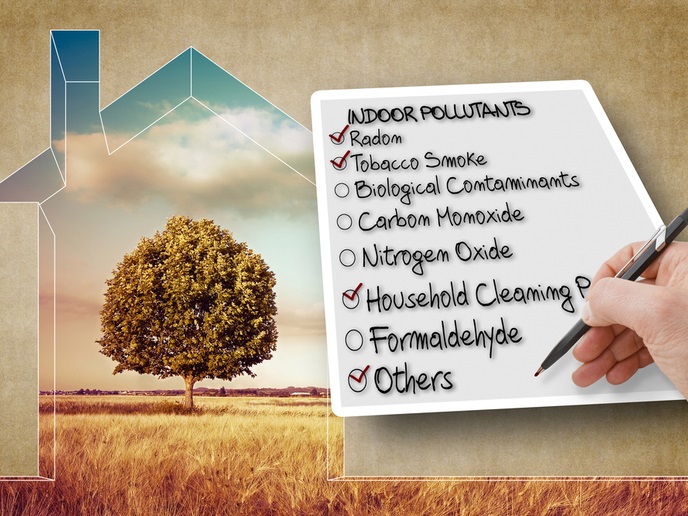A new colour-based sensor for monitoring indoor air pollution
According to WHO, nearly 4 million people die each year from conditions attributable to indoor air pollution. Given that Europeans spend most of their time indoors, measurement of indoor air pollution is key to understanding the health impact of different chemicals and taking appropriate measures. Therefore, new tools that measure air quality are needed to assist in such public health policies.
An innovative indoor air quality sensor
Undertaken with the support of the Marie Skłodowska-Curie programme, the E-SCENT project designed sensors to provide meaningful information on indoor air pollution and help assess human exposure. “The sensors were designed to target priority groups of chemicals including carbonyl compounds which are of concern in relation to carcinogenicity,” explains Emer Duffy, the lead researcher of the project. The sensors are made up of dyes that are printed on a small card (4 cm2 in size). The card is placed in an indoor environment of interest, and the dyes undergo a colour change when they interact with certain groups of chemicals in the air. This colour change can be tracked by taking photos of the sensor using a desktop scanner or smartphone camera. The colours can be measured using standard image analysis software: a greater colour change correlates with a higher level of VOCs in the air. This approach offers a simple, cost-effective and easy-to-visualise method for detection of VOCs. According to Duffy: “Bringing the research from the lab bench into real household environments was the most significant achievement of the project.” To validate their efficacy, she placed sensors in different rooms in a single home and monitored closely over the course of a week. Different rooms could be distinguished from each other based on their unique sensor responses. The results revealed that activities like cooking, cleaning, and burning scented candles led to increased VOC production. Higher levels of carbonyl compounds were observed in the kitchen, where cooking activities are an important source of these emissions, while low levels were observed in a home office where the only activity during periods of occupancy was computer-based work.
Health impact and future prospects
E-SCENT sensors represent an advancement over existing low-cost sensor technologies which typically provide a limited measure of total VOCs and no information on chemical class. Overall, the technology developed in this project offers the potential to enhance indoor air pollution monitoring by enabling low-cost high-density deployment for collection of representative exposure data in a variety of indoor settings. Future plans will focus on collecting more data. Duffy emphasises that “involving citizens in the data collection process serves to educate the public on the importance of healthy indoor environments.” It could also promote actions that contribute to healthy indoor environments, such as improving ventilation and reducing or eliminating sources of household chemicals. Furthermore, the development of a companion mobile application for sensor imaging and analysis could enable high-resolution pollution mapping of indoor environments. This would inform evidence-based public health measures and promote action at both local and European levels.
Keywords
E-SCENT, VOCs, sensor, air pollution, indoor environment







